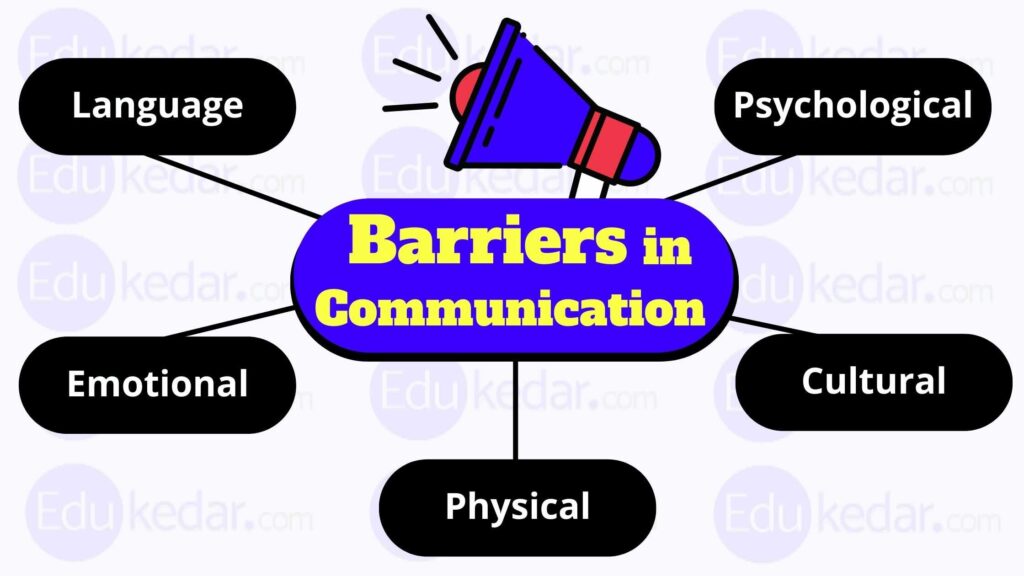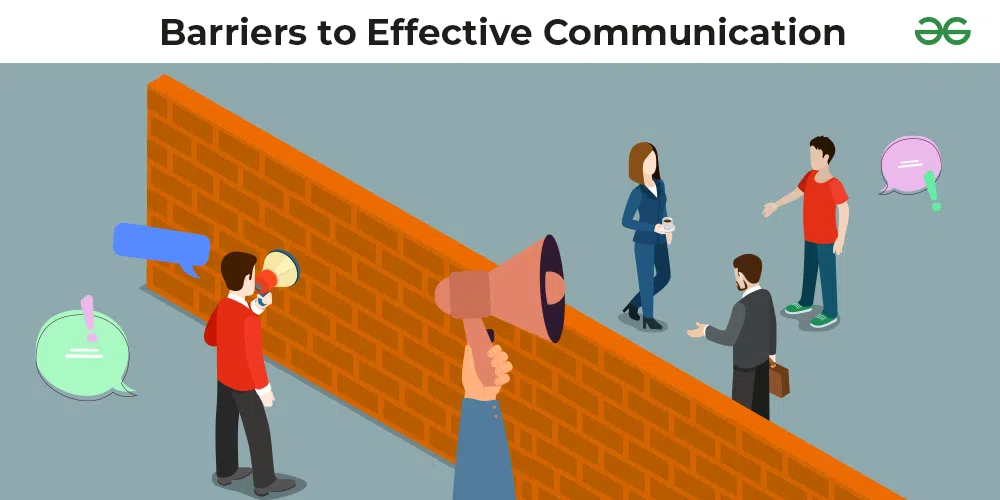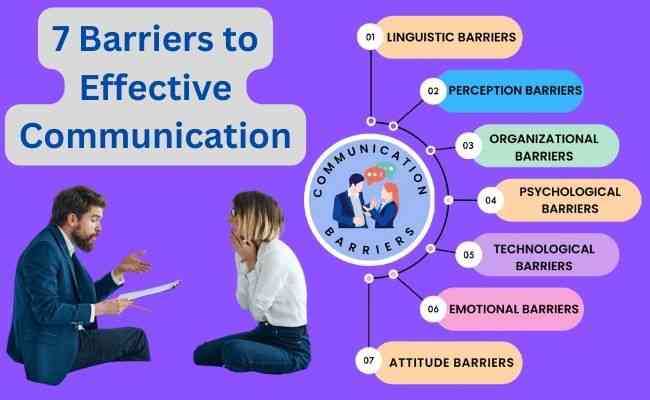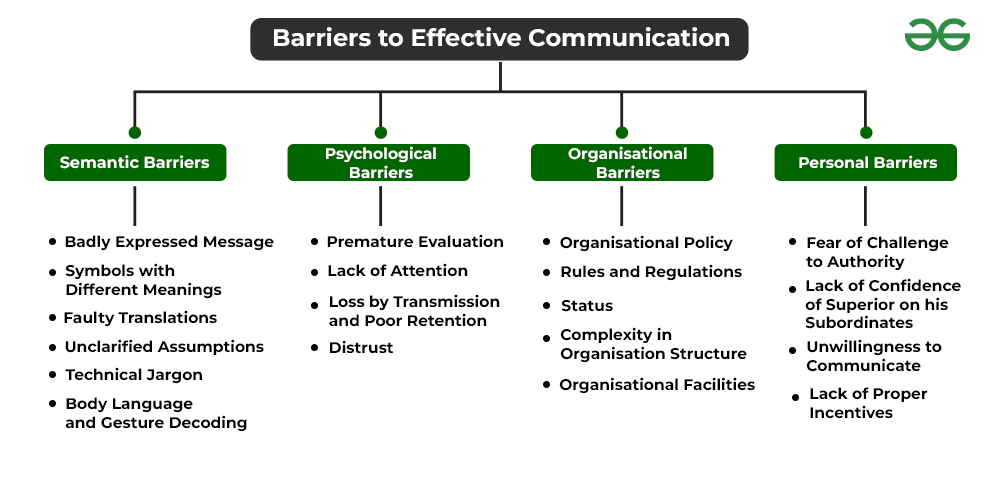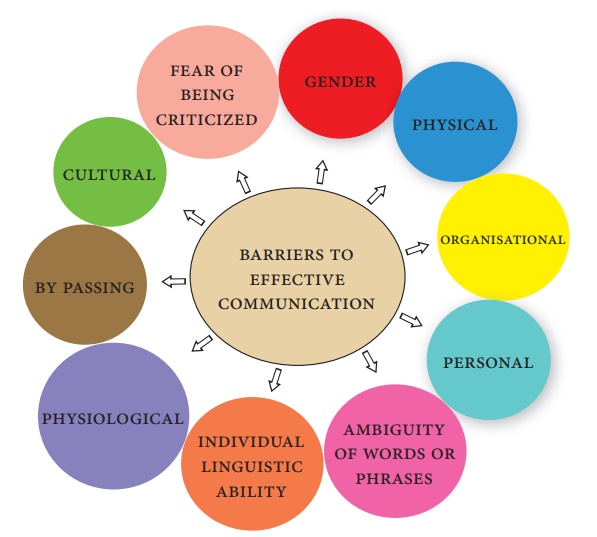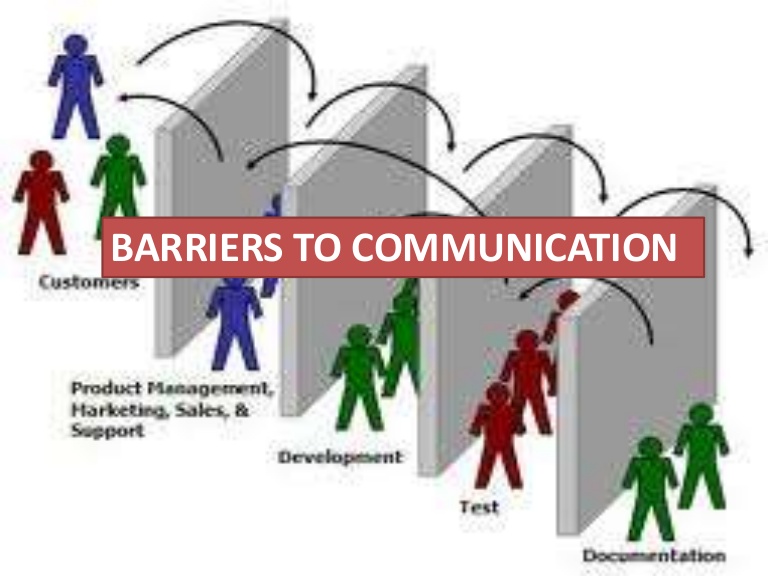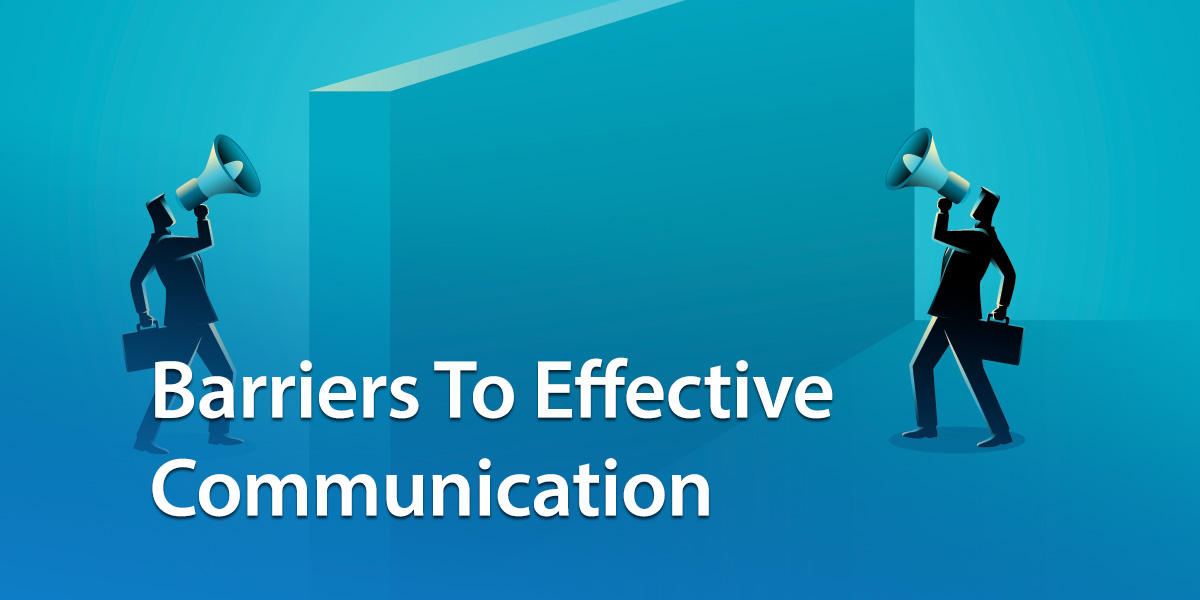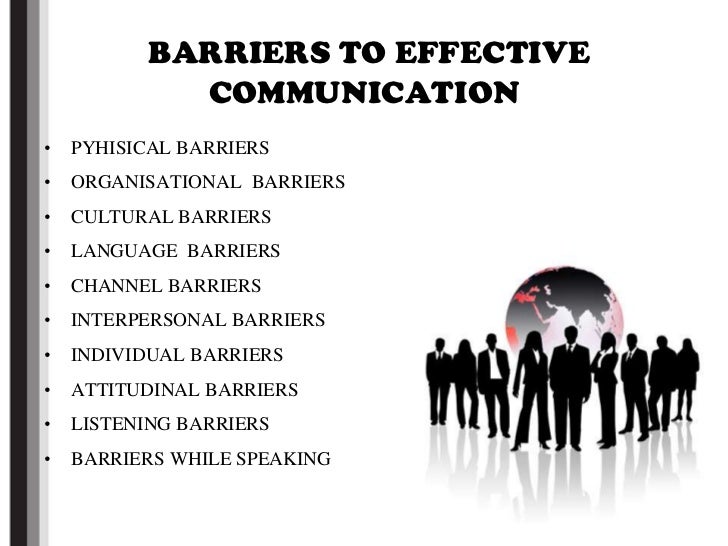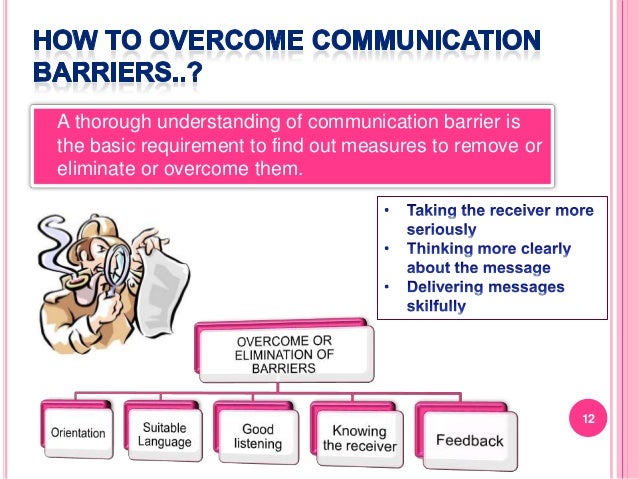What Are The Barriers To Effective Communication
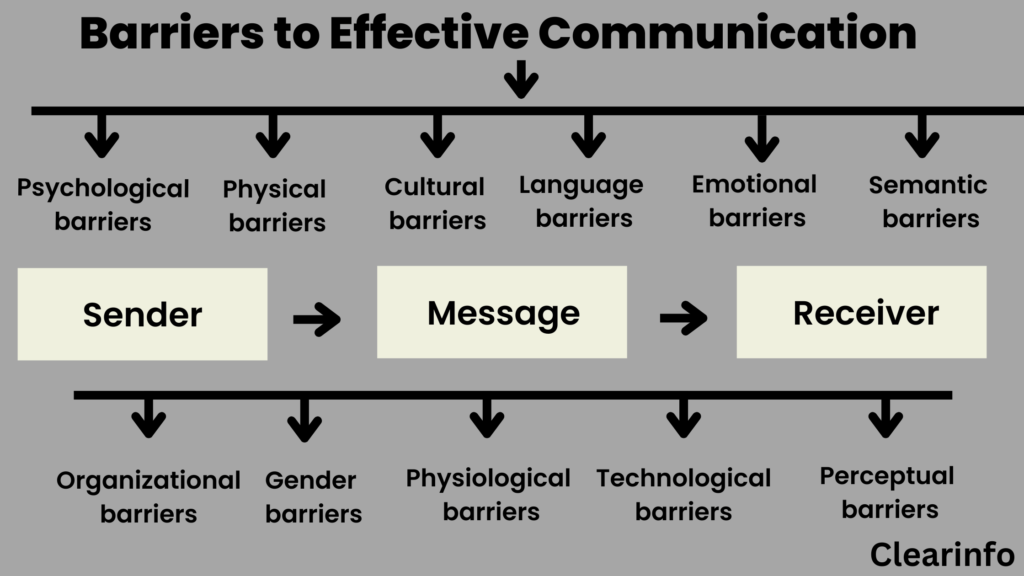
Communication breakdowns are costing businesses billions annually and eroding societal trust. Understanding and dismantling the barriers to effective communication is now a critical imperative.
Effective communication, seemingly simple, is constantly thwarted by a complex web of obstacles. These barriers, ranging from individual biases to systemic organizational flaws, impact everything from workplace productivity to international relations.
Psychological Barriers: The Mind's Roadblocks
Psychological barriers stem from our internal states. According to a study by the Project Management Institute (PMI), miscommunication due to psychological barriers contributes to almost 56% of project failures.
Selective perception, where individuals filter information based on pre-existing beliefs, is a major culprit. Emotional states like anger or anxiety can further cloud judgment and distort messages.
Defensiveness, often triggered by perceived threats, makes individuals resistant to new ideas or feedback. These biases can sabotage team collaboration and hinder innovation.
Physical Barriers: The Environment's Interference
Noisy environments, poor infrastructure, and physical distance create significant communication hurdles. A 2022 report by Gallup found that employees in open-plan offices experience a 20% decrease in perceived communication effectiveness.
Technological malfunctions, such as dropped calls or unreliable internet connections, regularly disrupt communication. The lack of access to reliable technology disproportionately affects marginalized communities, exacerbating existing inequalities.
Inadequate lighting or poorly designed workspaces can also contribute to communication fatigue and misunderstandings. Physical discomfort can impact both verbal and non-verbal communication.
Semantic Barriers: The Words We Choose
The ambiguity and misuse of language contribute to frequent communication failures. Semantic barriers arise from differences in interpretation and understanding.
Jargon, technical terms, and culturally specific expressions can create confusion, especially in diverse teams. The use of abstract language without concrete examples further compounds the problem.
Differences in language fluency can also lead to misunderstandings and exclusion. Clear, concise, and culturally sensitive language is essential for effective communication.
Organizational Barriers: Systemic Failures
Hierarchical structures and bureaucratic processes can stifle open communication. Formal communication channels often prioritize top-down directives, neglecting bottom-up feedback.
A lack of transparency and information sharing creates a culture of distrust. Poorly defined roles and responsibilities contribute to confusion and accountability gaps.
Inadequate training in communication skills further exacerbates these organizational barriers. Companies must invest in creating a culture that values open dialogue and active listening.
Cultural Barriers: Bridging the Divide
Cultural differences in communication styles can lead to misinterpretations and conflict. Variations in non-verbal cues, such as eye contact and body language, can create misunderstandings.
Differing values and beliefs can influence how messages are received and interpreted. A study by Hofstede Insights highlights significant variations in cultural dimensions, such as individualism vs. collectivism, which impact communication preferences.
Ethnocentrism, the belief in the superiority of one's own culture, can create bias and prejudice. Understanding and respecting cultural differences is crucial for effective cross-cultural communication.
Moving Forward: Breaking Down the Walls
Addressing these barriers requires a multi-faceted approach. Individuals must develop self-awareness and practice active listening skills.
Organizations must foster a culture of transparency, inclusivity, and continuous feedback. Investing in communication training and technology can improve communication effectiveness.
Further research is needed to identify and address emerging communication barriers in the digital age. By acknowledging and actively dismantling these obstacles, we can unlock the full potential of effective communication.
